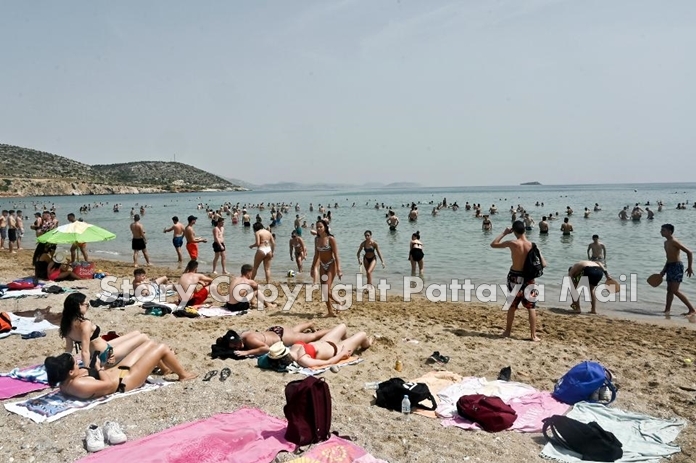
Thailand’s tourist and health authorities are deep in consultation with other countries about corona corridors or travel bridges. The idea is a simple one. Two or more countries which have successfully curtailed Covid-19 agree to create a bubble: people who live inside it can then travel freely and without quarantine across their respective borders by land, sea or air.
So far, there’s only one international bubble in operation. That’s the one between Estonia, Latvia and Lithuania which press reports say is going well. However, these are tiny Baltic republics which are relatively homogeneous to start with. Another upcoming bubble is the one between Australia and New Zealand but, again, there are special features. Citizens of these two neighboring countries already have the right to enter without a passport and can work without most restrictions. Not too many lessons for Thailand there.
Thai Minister of Health Anutin Charnvirakul has recently confirmed that Thailand is discussing the bubble concept with several countries, most recently Japan. Whether any concrete action occurs will depend on whether the Centre for Covid-19 Situation Administration (CCSA) is confident enough that there won’t be a second wave of infection. But the target groups are certainly not tourists, but business people working for Thai companies, foreign teachers and those seeking significant medical treatment. That’s clearly government policy now.
This development won’t do much to assist Pattaya’s businesses since they mostly require a free-flow, international tourist market. The city’s current income is heavily dependent on elderly expats, an assortment of beneficiaries of the immigration bureau’s amnesty until July 31 and, importantly, the sizeable Thai domestic traveller. This reality won’t change when, as seems probable, bars and clubs reopen on July 1. Pattaya’s problem in the short term will not be padlocks on business doors but the empty seats inside. Already, major entertainment complexes such as the city’s three major transvestite glitzy shows have hinted they will remain closed until the Chinese tour buses return.
It’s obvious that Thailand’s traditional welcome-all immigration and travel policy won’t be coming back until there is a reliable vaccine or a rapid, foolproof test which can check whether passengers are infected at the point of departure and arrival. Neither of those scenarios will see the light of day in 2020, or for some time after. So the best we can hope for, towards the end of the year or early next, is an agreed travel bubble for selected tourists from neighboring countries.
The key word here is “selected”. The most likely scenario would be charter flights from countries which the CCSA believes can be trusted, perhaps groups from specific virus-free cities in China, Vietnam, Australia or South Korea. After detailed medical tests in the home country, they would have their temperature taken at a Thai airport and whisked away in buses to a specific resort where they could be monitored easily. The obvious choices here are a Thai island such as Phuket or Koh Samui. Pattaya would not be suitable as access to and departure from the city is difficult to control. The neighboring island of Koh Larn is a possibility but likely too small to be marketable in this context.
Some travel experts argue that the answer is to equip all travel bubble tourists with an app to track their movements. But such a move would be massively unpopular and difficult to enforce. Thailand’s recent experience with registration devices, notably Chana Thai, is far from encouraging. In the meantime, Pattaya hotels, visa and bucket shops, restaurants, massage parlors and farang-orientated leisure outlets will have to accept an inventory shrinkage of traditional international arrivals. The good times aren’t about to roll anytime soon.
 |
 |
 |




